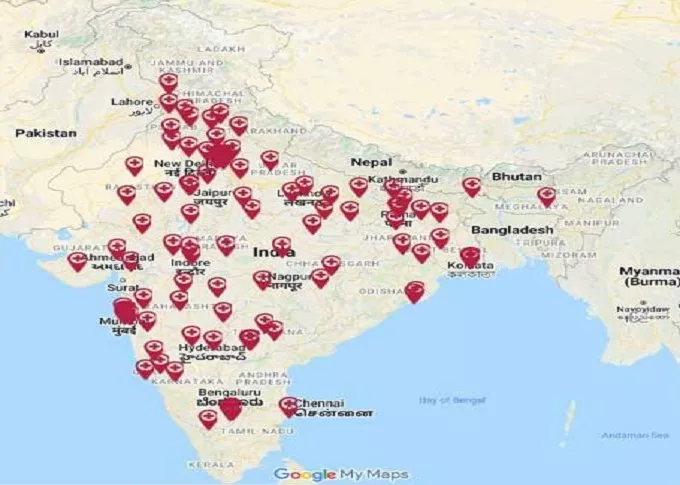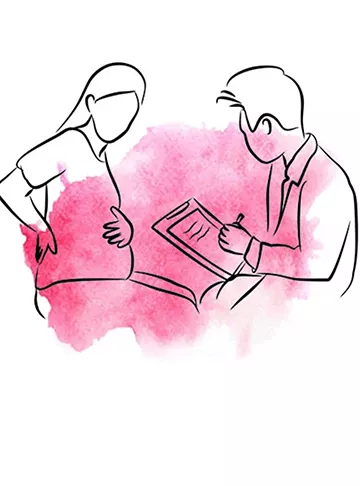Infertility Workup FAQs
When it comes to understanding infertility and finding solutions, having the right information is crucial. If you're considering infertility testing or starting an infertility workup, you likely have many questions. Here are some frequently asked questions about infertility testing and workups:
What is infertility testing?
Infertility testing is a series of tests and evaluations that help identify the underlying causes of infertility in men and women. These tests are performed to determine the best course of treatment to help you conceive.
When should I consider infertility testing?
If you have been trying to conceive for a year (or six months if you're over 35) without success, it may be time to consider infertility testing. If you have known fertility issues or medical conditions that may affect fertility, you may consider testing sooner.
What are the common tests involved in infertility workup?
Common tests include semen analysis for men, ovarian reserve testing hormone testing for women, and imaging tests such as ultrasounds to evaluate the reproductive organs. Other tests may include genetic testing, hysterosalpingography (HSG), and laparoscopy.
How long does infertility testing take?
The duration of infertility testing can vary depending on the tests required and individual circumstances. Some tests can be completed in a single visit, while others may require multiple appointments over several weeks.
Are infertility tests painful?
Most infertility tests are not painful, although some may cause mild discomfort. For example, a transvaginal ultrasound may cause some discomfort but is generally well-tolerated. Your healthcare provider will explain the procedure and any potential discomfort beforehand.
Will infertility testing be covered by insurance?
Insurance coverage for infertility testing varies widely. Some tests may be covered, while others may not be. It's best to check with your insurance provider to understand what is covered under your plan.
Can I continue trying to conceive while undergoing infertility testing?
Yes, in most cases, you can continue trying to conceive while undergoing infertility testing. However, your healthcare provider may recommend certain lifestyle changes or interventions to improve your chances of conceiving.
What happens after infertility testing?
After completing infertility testing, your healthcare provider will review the results with you and recommend a treatment plan based on your specific situation. Treatment options may include medication, surgery, assisted reproductive technologies (ART), or a combination of these.
How successful is infertility treatment?
Success rates for infertility treatment vary depending on the cause of infertility, age, and other factors. Your healthcare provider can provide you with more information about the expected success rates for your specific situation.
What are the costs associated with infertility testing and treatment?
The costs of infertility testing and treatment can vary widely depending on the tests and treatments required. Some tests may be covered by insurance, while others may not be. It's important to discuss the costs with your healthcare provider and insurance provider to understand your options. Infertility testing and workups are important steps in identifying the underlying causes of infertility and finding the right treatment. By understanding the process and having realistic expectations, you can make informed decisions about your fertility journey.
Pregnancy Calculator Tools for Confident and Stress-Free Pregnancy Planning
Get quick understanding of your fertility cycle and accordingly make a schedule to track it
Get a free consultation!















